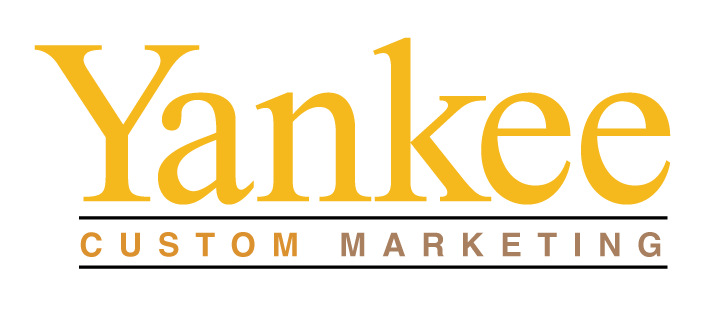Some of the most challenging custom publications Yankee Custom Marketing works on are the magazines it creates for chambers of commerce. The partners we work for are fantastic. We know the area and points of interest. There are great stories to tell.
So, what’s the problem?
The challenge comes from the audience for the magazine. Or more correctly, audiences.
For this style of publication, there are usually at least three different audiences:
- The existing business community, who are often the ones financing the project, want to see themselves included
- A future business community who are looking for evidence that a region meets their need to open, expand, and hire enough employees to be successful
- A visitor who is looking for cool things to see, places to eat and stay, entertainment and recreational opportunities
While there may be some overlap in their interests and needs, no one story is going to connect with all three of these audiences. Fortunately for us, we get a whole magazine to showcase information that suits the needs of all three of those audiences. We can tailor individual stories to one audience and meet the needs of another audience in a different story.
When it comes to your own content, you might not have the space of a whole magazine. To make the biggest impact with your message, you should tailor your content to one audience at a time. If you’re trying to speak to everyone, you’ll be talking to no one.
How to determine your audience
One way to determine your audience is by going through to process to create buyer personas. A buyer persona is a fictionalized character based on researched qualities of your ideal customers. It is a detailed profile that includes demographics, motivations, behaviors, and pain points.
You have a different buyer persona to represent each segment of your audience.
You’ll have to dig into your data or find some research to build the personas. Look at the decision-makers who are choosing your company already. Then answer the following questions:
- What age range are they in?
- What do they look like?
- What is their education level or professional expertise?
- What is their job description?
- What challenges are they facing?
- Think about how they came to your company and what media they regularly consume. Are they connecting with you on social media, print media, or email?
If feasible, talk to them or send them a survey to collect information on their needs, pain points, and preferences.
You can also look at your competitors to profile who their customers are.
Organize them by commonalities and generalize them. Don’t be afraid to make edits as time goes on.
Use the buyer personas to focus your message to attract new customers based on your existing loyal customers.
Using the buyer persona to focus your audience
Once you know who you are addressing, writing something that will resonate with them is much easier. You’ll know the best language level to use so that you’re understood.
And most importantly, you’ll have a better idea of the problem you need to solve for them. Providing information to solve your audience’s problem is the core of content marketing.
Next, do some SEO research to decide what terms you need to include in your piece so that your audience can find what you’re providing. Your work has value, but if won’t work if it never gets to your audience. Create a keyword phrase that’s similar to what you would expect your audience to type in the search bar. Use this phrase in your heading and in your copy. It often helps if it’s in a subhead, too.
Then, focus your story on what the audience needs to solve their problem. Think about their base knowledge (which you should know from their buyer persona) and walk them through the rest of the steps. Think about questions they may have about the information you’ve provided and try to clarify that in your piece.
Try to incorporate real-life examples of the process, especially if the client is similar to the target buyer persona. This is an opportunity to put your storytelling skills to work, adding color and personality, without straying from your core message.
Review and revise
Okay – so you’ve figured out who your audience is, and you wrote something interesting and useful that addresses their pain points, and you’ve shared it.
You’re not done yet. Keep tabs on your content, checking to see what pieces are resonating and what has a lackluster response. Building your library of content is an ongoing process and you can plan for the future by what has worked in the past.
Once you have a solid library built, you can go back to older pieces and revise them to take advantage of new information and ever-changing SEO best practices. You can also reformat old content for different platforms, taking advantage of an omnichannel marketing approach.
When it comes to creating content for your organization that converts leads into sales, the key steps are understanding who your audience is, what their pain points are, and solving their problems with a good story.
Get to know your audience better by using our free worksheet to create buyer personas [pdf download].

